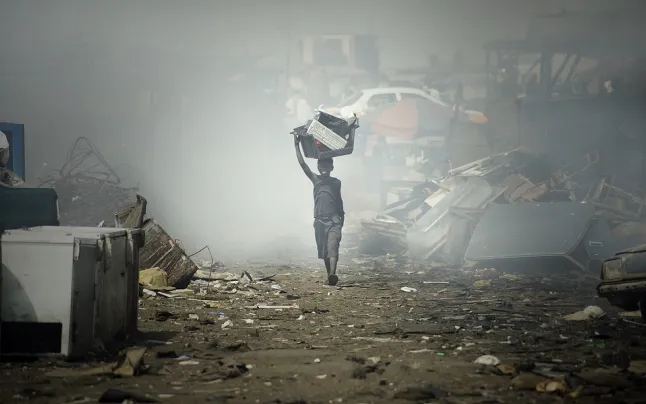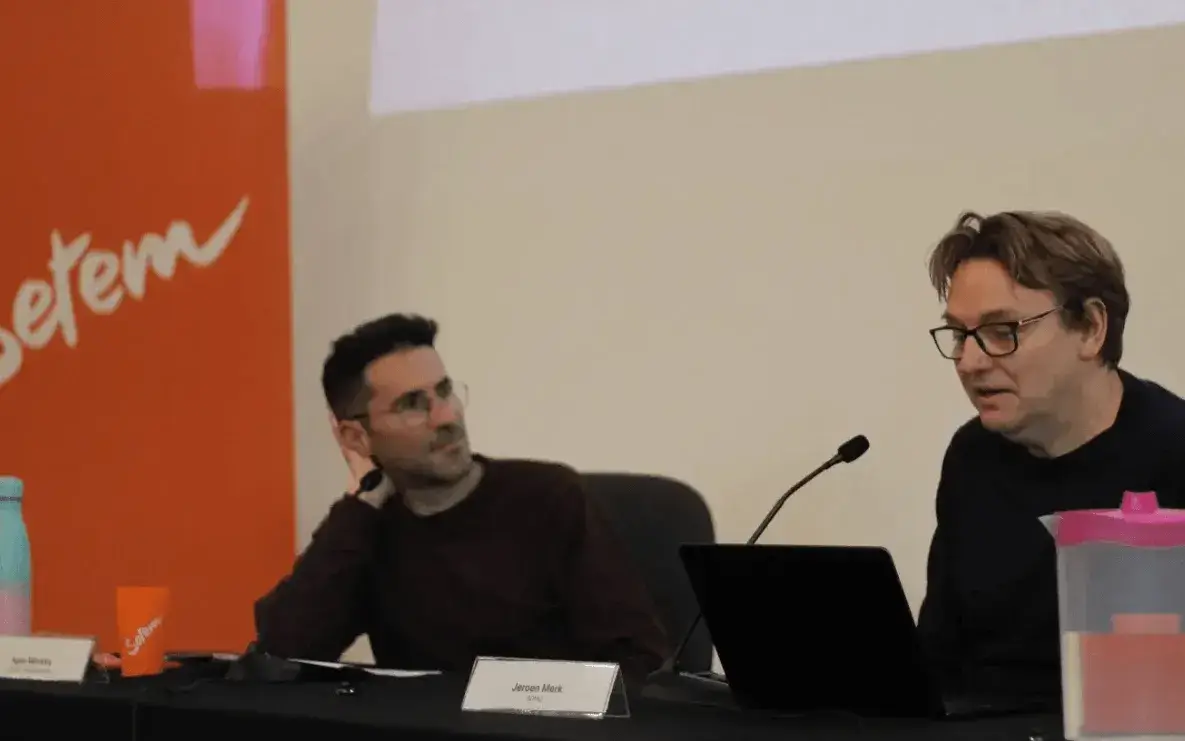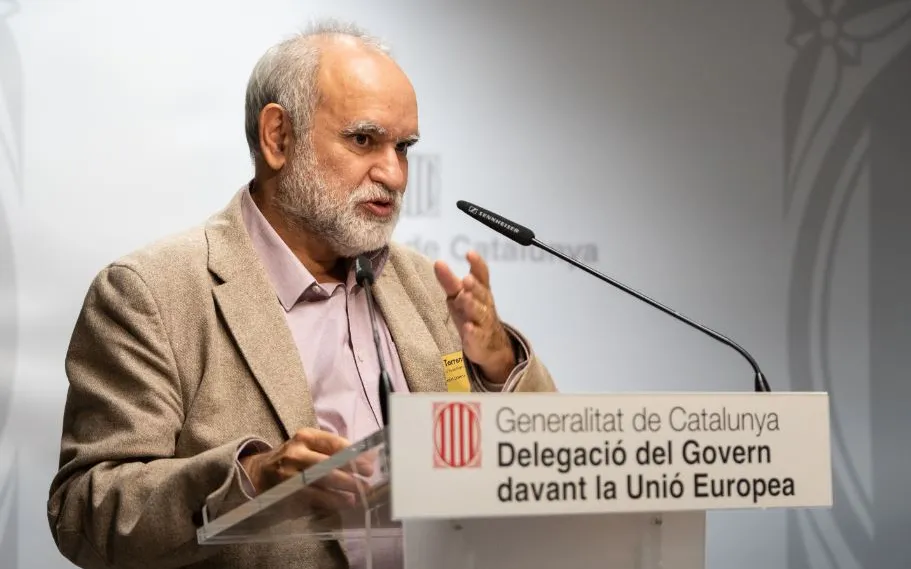The Mobile Social Congress sheds light on the illegal trafficking of this waste and shares experiences of a waste dump in Ghana.
60% of the 12 million tonnes of electronic waste generated in Europe each year is not processed nor recycled adequately, according to a study. Although they represent 2% of solid waste, in 2019 more than 53 million tonnes were generated in the world, according to the Global E-waste Monitor, and only 17% of this waste was adequately collected and processed. Each year, e-waste increases and it is forecast to reach 120 million tonnes by 2050.
So what is happening to these products that are hazardous and have an environmental and social impact? Elvira Cámara, a researcher and activist at Ecologistas en Acción, said during the second day of the Mobile Social Congress organised by Setem that "while in the global north we use this technology, the negative impacts are felt in other countries".
There, men and boys handle this waste in dumps with no protection and no training, and are exposed to toxic products.
How is this possible if the exporting of electronic waste to countries where they weren’t manufactured is banned by the Basel Convention? “reality tells us this convention is being ignored”, Cámara says. In fact, this convention doesn’t impose audits or sanctions in case of non-compliance. “When illegal transfers are denounced, the waste isn’t returned to the country of origin because it’s difficult to trace their origin, it is costly and the countries of origin don’t want take responsibility”, she adds.
Also, environmental crimes happen because they are economically more profitable than investing in manpower and protection for workers. These crimes are usually also linked to crimes like corruption, malfaisance and money laundering, which makes it even more difficult to detect where this waste comes from.
Official figures are not clear in this sense: 7% to 20% of waste is trafficked illegally. Cámara points at two studies that shed light on this. Based Action Network placed tracking devices in electronics to see where they were taken when turned into waste as part of the study Holes in the circular economy determined that, in Europe, 6% of waste ends up in third countries, breaching the convention. In Canada, this figure was 12% and, in the USA, it reached 34%.
A second study, in this case of the European Union, says it is more than a million tonnes a year, but determines that 30% goes to illegal trafficking and the rest goes to the second-hand market. Cámara warns that the second-hand market is a fraud, “a mechanism to get the products through border controls”. “It is true that some products can have another life in other markets, but the waste generated isn’t returning to the European Union”, she concludes.







Add new comment